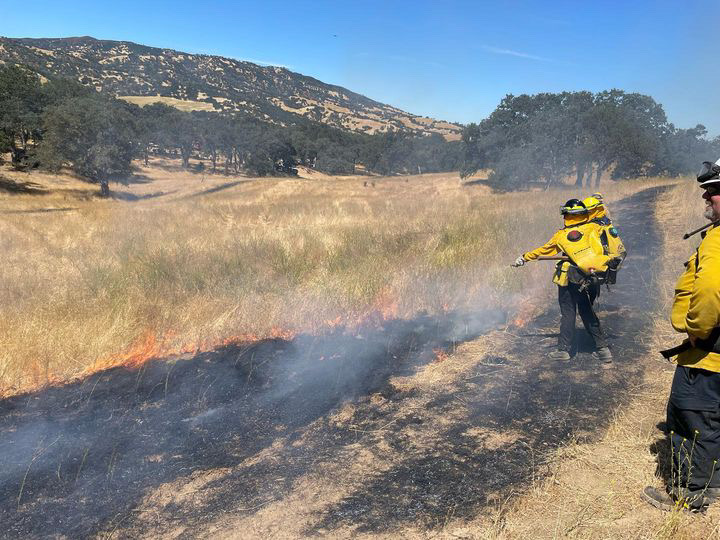The Urgent Need for Building Prescribed Fire Capacity in California
Introduction:
California's landscapes are no stranger to the fiery embrace of wildfires. In recent years, the state has faced increasingly severe wildfire seasons, prompting a reevaluation of traditional fire management strategies. As the specter of uncontrolled wildfires looms larger, there is a growing consensus among experts and policymakers that building prescribed fire capacity is a critical and timely investment for California's future.
Understanding the Challenge:
The challenge is clear – California's vast and diverse landscapes require a proactive and sustainable approach to mitigate the risk of devastating wildfires. Prescribed fire, the deliberate and controlled application of fire to a designated area, has emerged as a powerful tool to reduce fuel loads, maintain ecosystem health, and create fire-resilient landscapes. However, building the necessary capacity to implement prescribed burns on a meaningful scale is the need of the hour.
Key Reasons for Building Prescribed Fire Capacity:
Fuel Reduction and Wildfire Prevention: Prescribed burns are a proven method for reducing the accumulation of dry vegetation that serves as fuel for wildfires. By strategically implementing controlled fires, we can decrease the risk of large, uncontrollable blazes, protecting both communities and ecosystems.
Ecosystem Restoration: Many of California's ecosystems are adapted to fire, and in the absence of natural fire cycles, vegetation can become overgrown and prone to catastrophic wildfires. Building prescribed fire capacity allows us to restore the natural balance, promoting biodiversity and enhancing overall ecosystem health.
Air Quality Improvement: While the controlled application of fire may raise concerns about air quality, prescribed burns are conducted under optimal conditions to minimize negative impacts. In the long run, the reduction in the frequency and intensity of large-scale wildfires contributes to improved air quality for communities across the state.
Community Safety and Preparedness: By building prescribed fire capacity, California can create fire-adapted landscapes that act as a buffer against wildfires. This not only enhances the safety of communities but also provides an opportunity for residents to actively engage in wildfire prevention and preparedness efforts.
Climate Change Mitigation: As climate change continues to influence weather patterns and exacerbate drought conditions, the need for effective wildfire management becomes even more critical. Prescribed burns offer a proactive strategy to mitigate the impacts of climate change on wildfire risk.
Steps to Build Prescribed Fire Capacity:
Investment in Training and Education: Providing comprehensive training programs for fire practitioners, land managers, and communities is essential. This includes educating individuals on the science of prescribed fire, safety protocols, and the ecological benefits associated with controlled burns.
Infrastructure Development: Building the necessary infrastructure, such as firebreaks and equipment storage facilities, is crucial for the successful implementation of prescribed burns. Additionally, investing in research and technology to enhance the precision and effectiveness of prescribed fire operations is paramount.
Community Engagement and Partnerships: Foster collaboration between government agencies, private landowners, and local communities. Establishing partnerships can facilitate the sharing of resources, expertise, and responsibilities, creating a collective effort to address wildfire risk.
Policy Support: Advocate for policies that support and incentivize prescribed fire practices. This may include liability protection for practitioners, streamlined permitting processes, and financial incentives for landowners who actively participate in prescribed burning programs.
Conclusion:
Building prescribed fire capacity in California is not just a necessity; it is a proactive step towards a more resilient and sustainable future. By embracing prescribed fire as a critical component of wildfire management, California can break the cycle of reactive responses to wildfires and move towards a landscape that is better equipped to coexist with fire. The time to invest in building prescribed fire capacity is now, for the benefit of our communities, ecosystems, and the generations that will inherit the landscapes we shape today.

